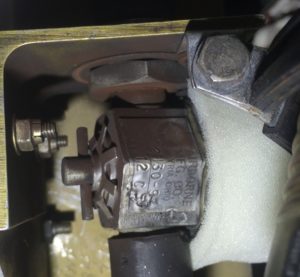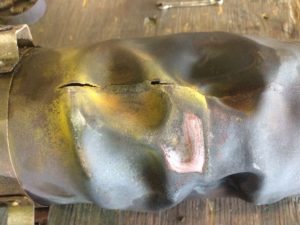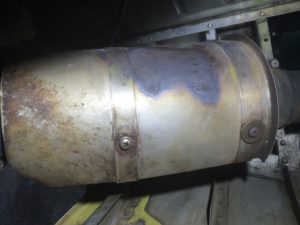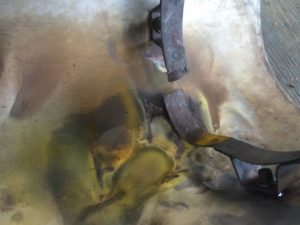Podcast: Play in new window | Download
When it comes to flying an airplane, total electrical system failure is something you hope to never experience in real life.
But it happens, and it happened at our airport the other day. Thankfully everything turned out well in this case.
Your aircraft battery is the heart of your electrical system.
But, there’s only a certain amount of power stored in that battery, and it must be continuously charged while flying in order for all the electrical system components to function normally.
Listen to today’s episode to hear about the safe landing of an airplane that had an electrical system failure, what the apparent cause was, and a possible solution for it.
There is ONE MAIN THING I’m asking you to do in your airplane to help guard against an electrical system failure: Do an in-flight test to verify that your charging system is adequate for the equipment you have installed. This is an especially important test after any electrical modifications are made, or new avionics installed.
IF you do have too much electrical load in your airplane, for the capability of the charging system, there is a simple solution that works for many airplanes. Listen to today’s show to find out about it.
Tip: If you read this article that appeared in Director of Maintenance magazine, on October 1, 2012, you can get a good idea of what this solution is.
I also give a few other recommendations in this episode. Here they are:
- If you don’t have a digital voltage indicator in your instrument panel, consider adding that.
-
Incorporate some electrical system problem scenarios in your next flight review.
- Review your POH electrical system operation and schematics.
-
Read Savvy Aviator #27 article about aircraft battery maintenance. http://www.avweb.com/news/savvyaviator/191348-1.html
-
If you have any electrical mods done, or equipment added, verify your charging system can keep up.
Thank you, to those of you who left a rating and review in iTunes… I really appreciate it. If others of you will do that as well, hopefully more airplane owners can find out about the podcast, and I will try to mention you in a future episode.
Thanks and have a great week!










Recent Comments